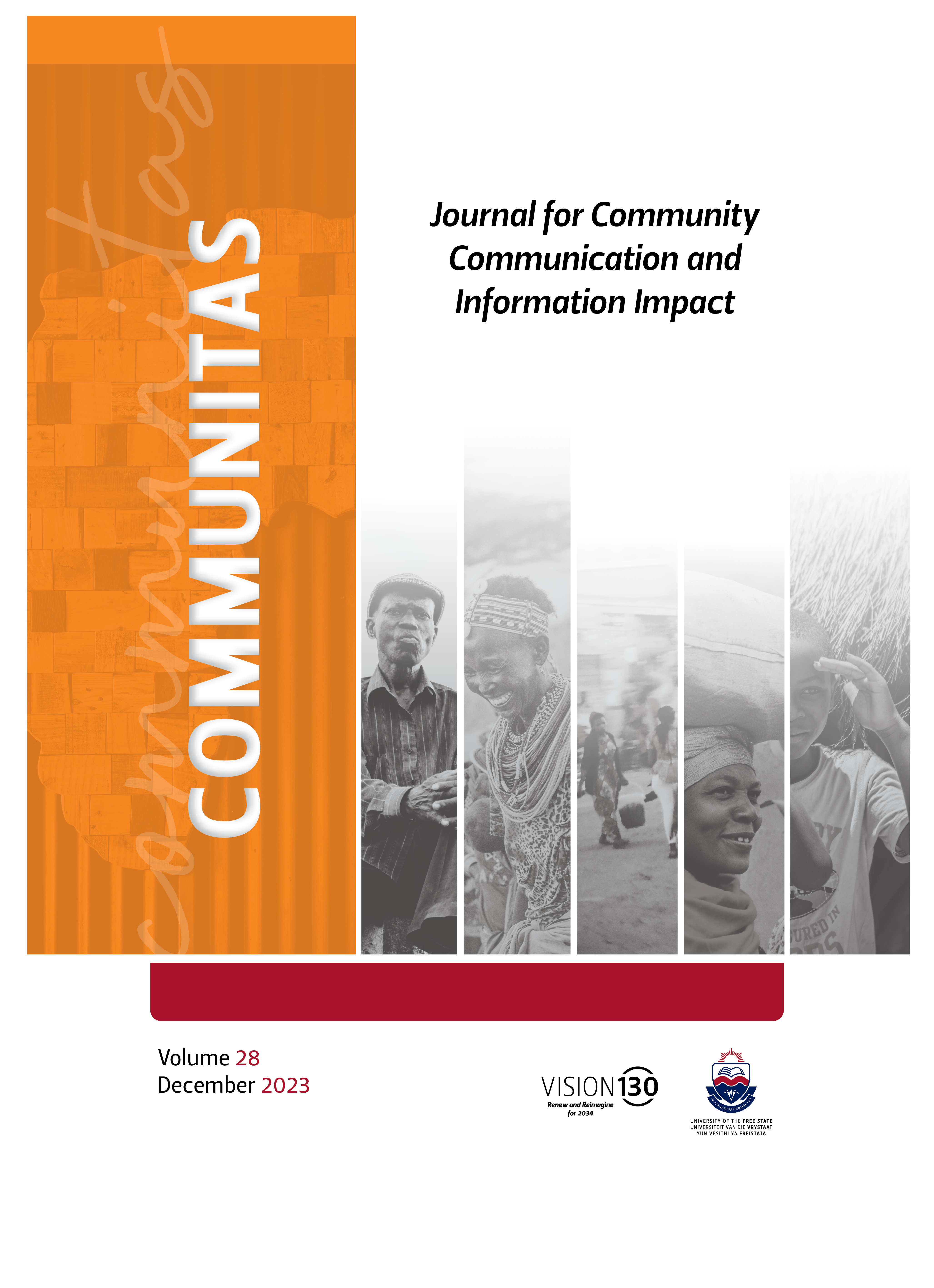Safety of Journalists from a Gendered Perspective: Evidence from Female Journalists in Ghana’s Rural and Peri-Urban Media
DOI:
https://doi.org/10.38140/com.v28i.7599Keywords:
Journalism, Safety of Journalists, Safety violations, gender, female journalists, rural media, peri-urban media, GhanaAbstract
This study sought to explore the safety risks female journalists working in Ghana`s rural and peri-urban media encounter while doing their work, how safe they feel and how they are coping with safety breaches. Thirteen semi-structured interviews with female journalists employed by Ghanaian broadcast media outlets in rural and peri urban areas were undertaken. Guided by Braun and Clark’s (2006) six steps for qualitative data analysis, interview transcripts were thematically analysed. It was found that physical and emotional security threats; poor working conditions were the main threats to female journalists working in Ghana’s rural and peri urban media. While there are generally bad working conditions, some participants believe that men receive more benefits and opportunities for professional growth than women. Compared to their male peers, females are occasionally ridiculed and refused training and professional opportunities. When there are safety violations, employers generally offer little assistance. Female journalists cope with violations and insecurities by self-censoring, avoiding working during specific hours of the day, and steering clear of reporting conflicts, politics, and elections as a safety measure. The study recommends that to avoid maladaptive actions by journalists, media organisations address the safety needs of their female journalists. Journalists themselves should look out for personal security initiatives to enhance their skills.
Downloads
##submission.downloads##
Published
Issue
Section
License
Copyright (c) 2023 Theodora Dame Adjin-Tettey, Manfred A. K. Asuman, Mary Selikem Ayim- Segbefia

This work is licensed under a Creative Commons Attribution 4.0 International License.
All articles published in this journal are licensed under the Creative Commons Attribution 4.0 International (CC BY 4.0) license, unless otherwise stated.









